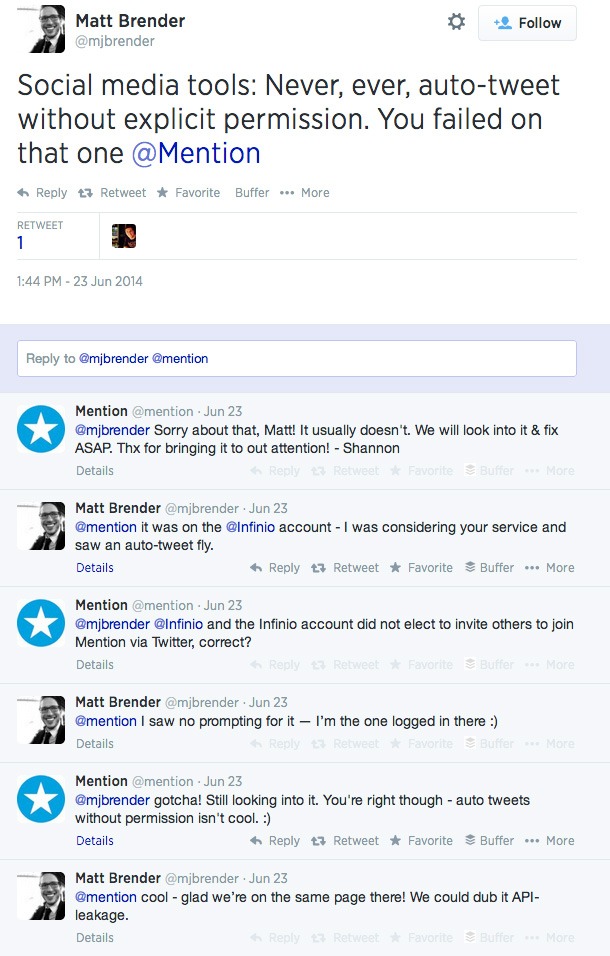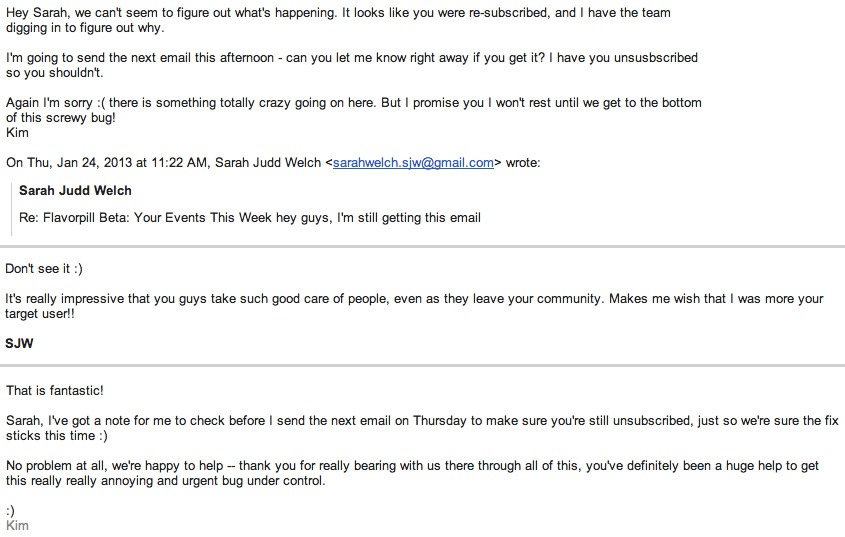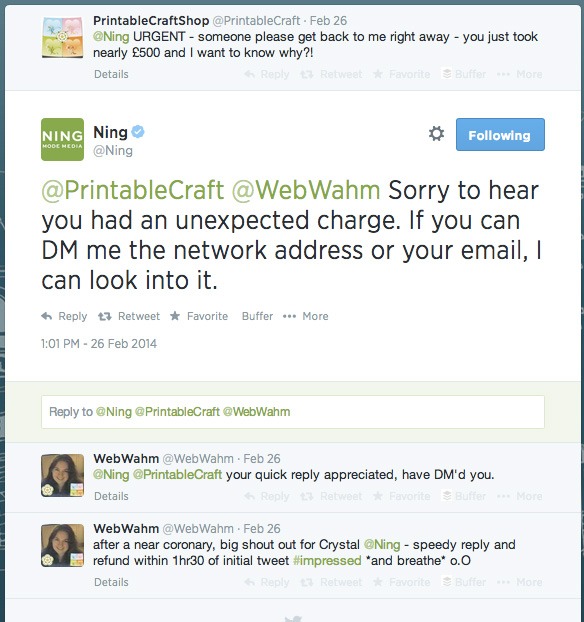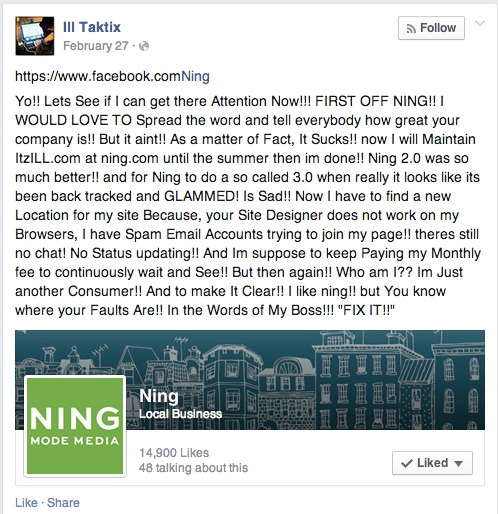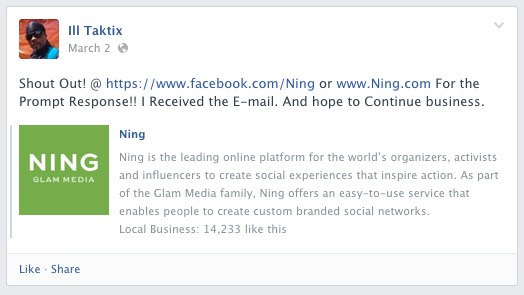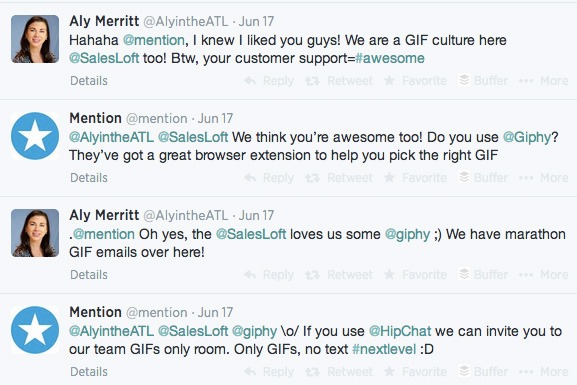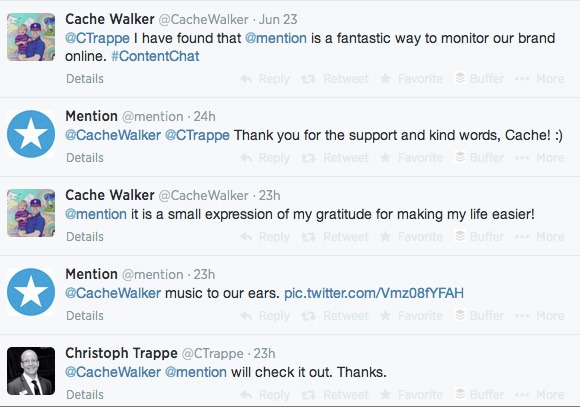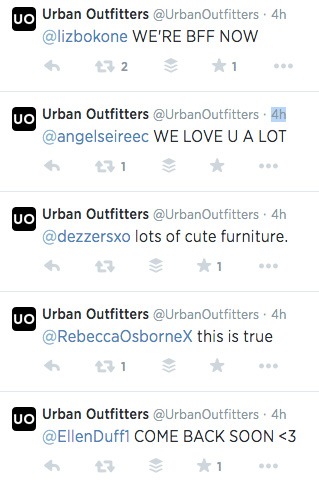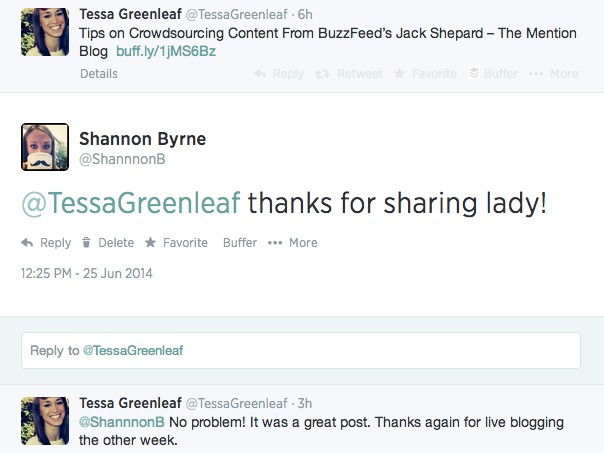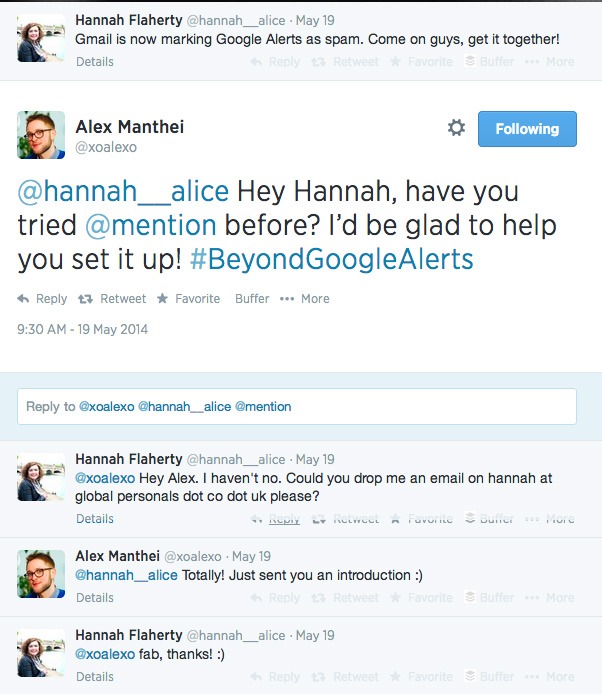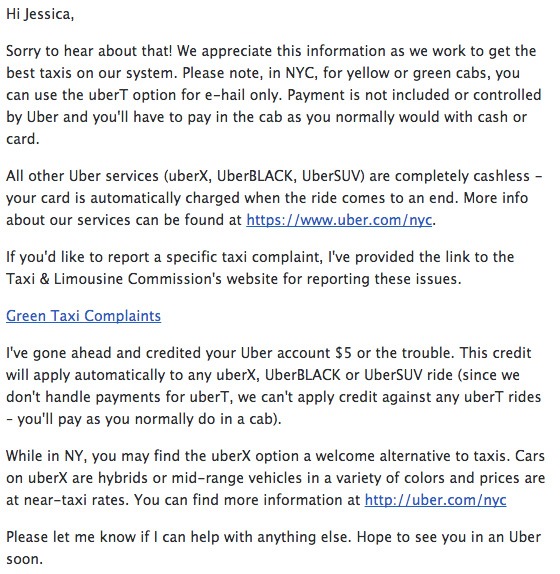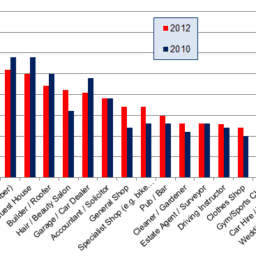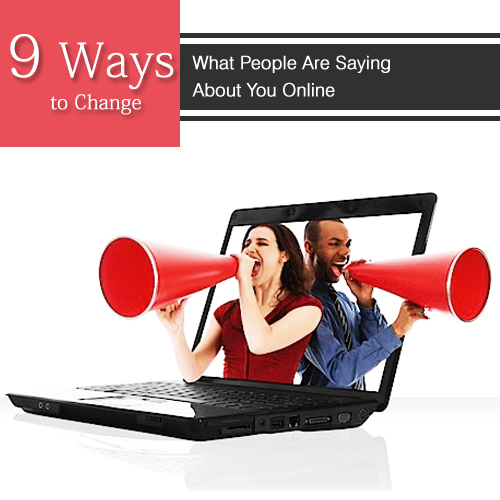
If you’re a SaaS startup like Mention, you probably receive a real mix of incoming messages that span the entire emotional spectrum — from absolute head over heals in love with your brand or product, to not so happy with a current bug.
You may even see both of these examples from one person, hopefully the former following the latter.
Then there’s your everyday run-of-the-mill inquiries — things like support requests and product feature questions. These inquiries account for the majority of company mentions at 75.5%, according to data we collected at Mention from one billion mentions delivered to over 200,000 companies across the globe, spanning several different industries. How do you take these everyday, general questions and turn the people behind them into brand advocates?
Better yet, let’s say you’re among the companies receiving the overtly negative mentions (6% of all company mentions). How are you going to turn these opinions around?
Here are some tips:
1. Admit when there’s an issue, even if it’s small. Then fix it
Sometimes products experience bugs. Although you’re likely already aware of it, your community is going to let you know. They may be angry, or they might understand that “these things happen” and just want to make sure that it’s brought to your attention.
Be sure to reply to these people as soon and as close to immediately as possible, apologize for the inconvenience, and then actually do something about it (if you haven’t already). And if you’ve got it all fixed up — great! — now let them know. If handled politely and with care, this potentially negative user experience and conversation can easily (and quickly) be turned into a positive one.
We have definitely experienced this at Mention. Everyone has.
This situation can often times result in a “happy customer” tweet or blog post, etc. Sarah Judd Welch contacted FlavorPill with an email issue, which they responded to and fixed immediately.
The communication that went so well:
Crystal Coleman experienced this from the company’s perspective when she was working at Ning.
2. Let your community know there’s an issue before they realize it
Unless you’re able to fix a bug you’ve come across within a few minutes, give your community a heads up before it ruins their workflow, or worse — causes them to lose something they’ve been working on. Feedly took this to the next level by asking their users to help them fix a bug they found.
3. Go the extra mile in responding to upset customers
Our friend Crystal saw the below Facebook post from a customer who was upset with a large product change — a whole new version release. Since it was a private company mention (a tag) and not a post on their page, she couldn’t respond. Instead, she tracked the customer down in their support app and reached out via email to save the day.
4. Be polite, witty, and make people laugh
Most people love GIFs and light-hearted sarcasm. Don’t be afraid to have a little fun when communicating with your audience, they’re response will likely be positive. Some witty banter can turn what may have been a basic question into a RT or share!
5. Show gratitude, it can go a long way
Ok, so this isn’t really changing what people are saying about you, but it is a method for spreading the love even further. If someone recommends your product, make sure to jump in the conversation, show your appreciation, and offer your support or expertise.
6. Join in, even when they’re not talking to you
If you’re listening to what’s being said about your brand, even when people are not directly talking to you, you’ll be presented with new opportunities to answer questions and concerns. If these mentions are negative, it’s likely that there’s a misunderstanding skewing their perception.
Without being too pushy, join the conversation and ask how you can help. Better yet, educate them on the bug fix or how to make the most of your product. They’ll likely be grateful of your transparency and turn from a disgruntled user to a fan.
Try a tool like Mention to monitor what people are saying about your brand without using the “@” or misspelling your brand name or handle. With Mention, you can keep a finger on the pulse of your community 24/7 and respond or assign a fellow team member a task related to the mention ASAP.
Maybe they’re saying something positive. Jump in and thank them!
Or perhaps you’re keeping an eye out for a big piece of news coming out about your brand.
And you can see who’s sharing your content.
7. Get the non-talkers talking
You can also monitor terms beyond your brand name. At Mention, one of the many keywords we monitor is “Google Alerts Alternative,” as well as “Social Listening Tools.” This allows us to discover the people who need our product and presents an opportunity to introduce ourselves.
8. Be courteous, even when the customer is wrong
Sometimes complaints are based on misunderstandings or a simple mistake by the user. In these cases, it’s important to first get down to the cause of the problem, then politely explain to the user what happened and how they can prevent the issue in the future.
Jim Belosic, co-founder and CEO of ShortStack, a company that makes software used to create lead-generating campaigns — contests, promotions, sweepstakes, etc. — for websites, social platforms and mobile, had such an example:
“We had a user recently who was frustrated because she couldn’t figure out how to publish the campaign she had built with our software. She sent repeated customer support tickets and was flaming out on Twitter (she was also a bit impatient!). But when one of our support agents walked her through the steps she had missed and pointed her to the resources she needed, she totally turned around and complimented the support desk on how thorough they were. And she copped to the fact that she had caused the problem to begin with.”
Sometimes it’s nice to throw in a credit or refund just to show that you’re sincerely sorry for their inconvenience. Jessica Barnett recently had a similar experience with Uber as a customer.
9. Always be human
The most important thing in each of the above situations is to always exercise empathy and show that there are humans behind your brand. Because at the end of the day, we want to talk to people, not logos. Have some fun with your company communications, you may be surprised with the number of quality relationships you build.
Source: [socialmouths.com]

